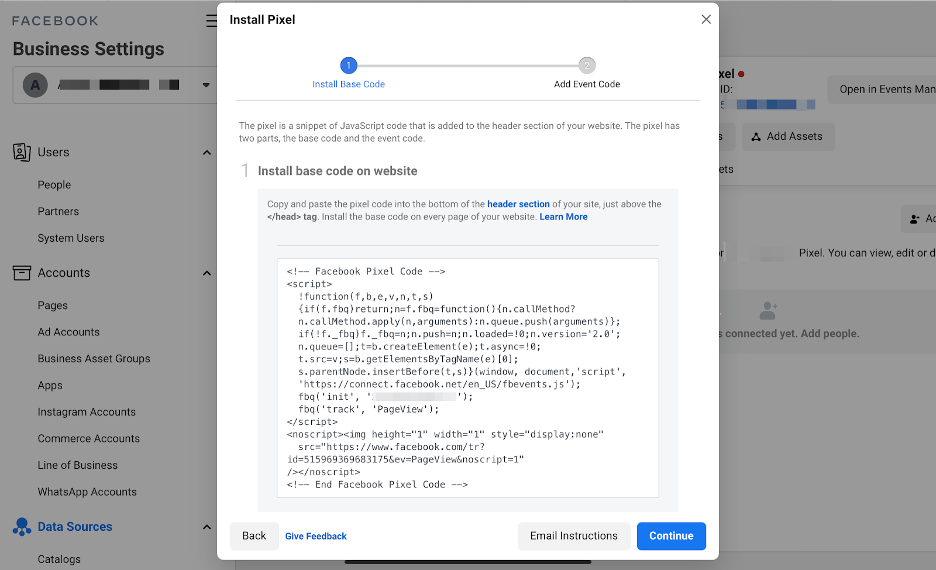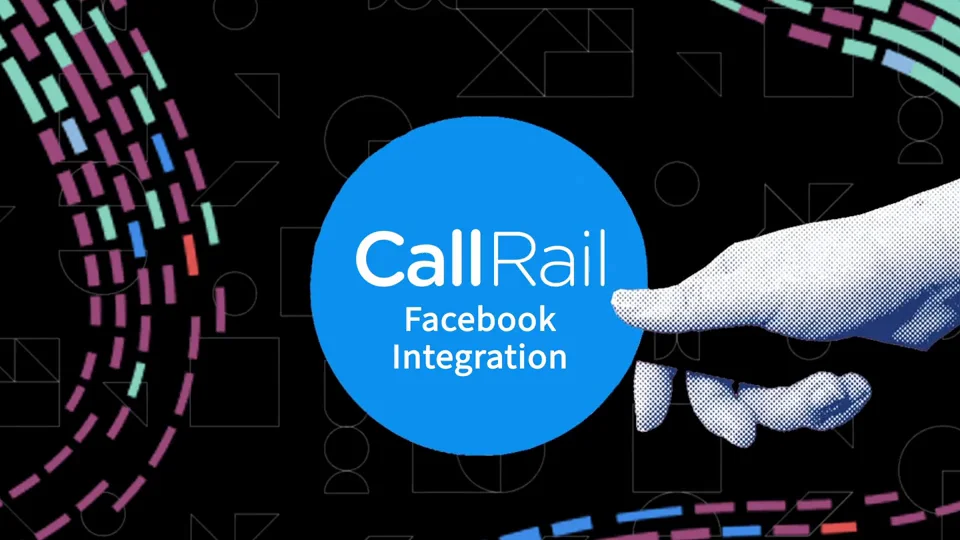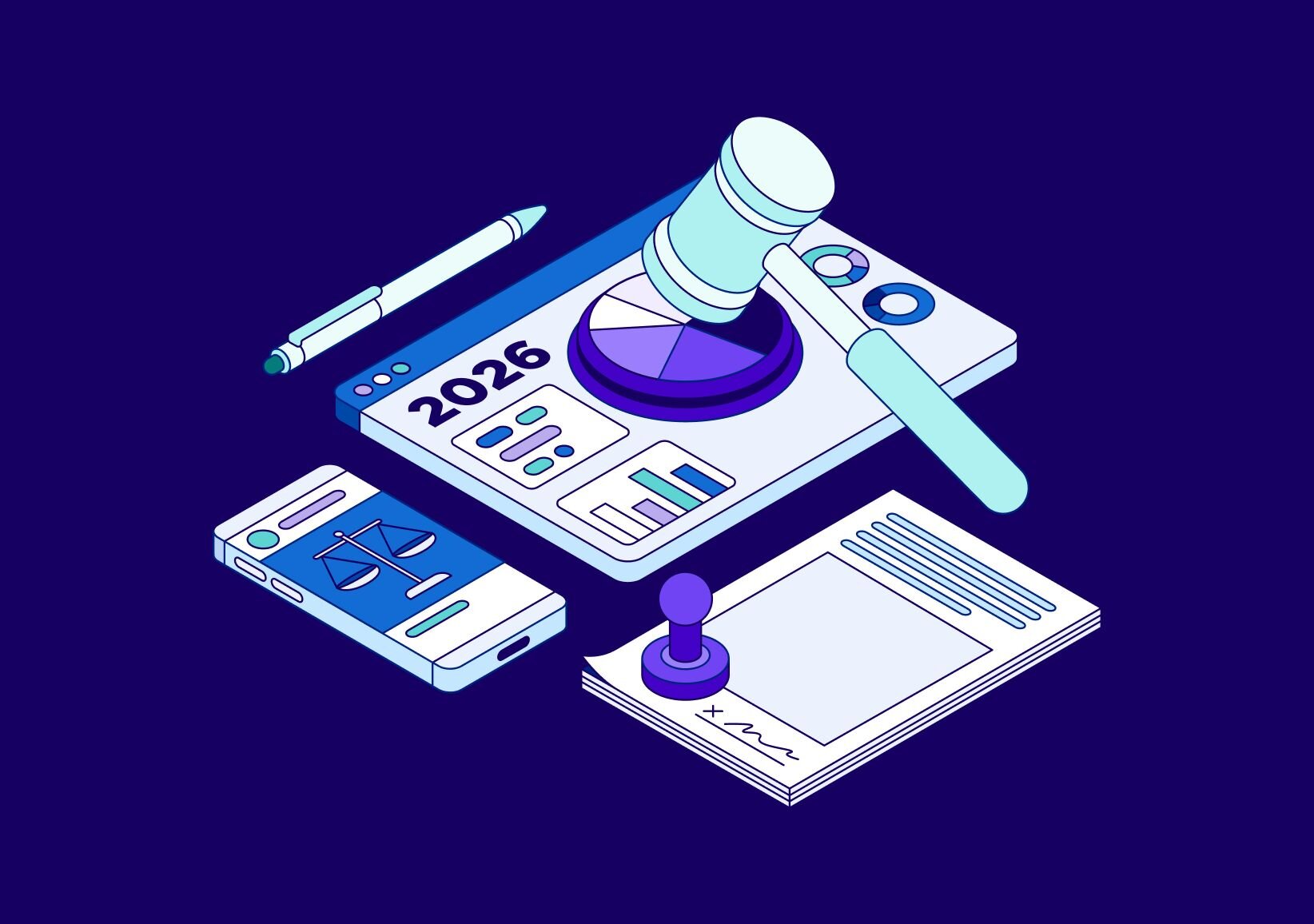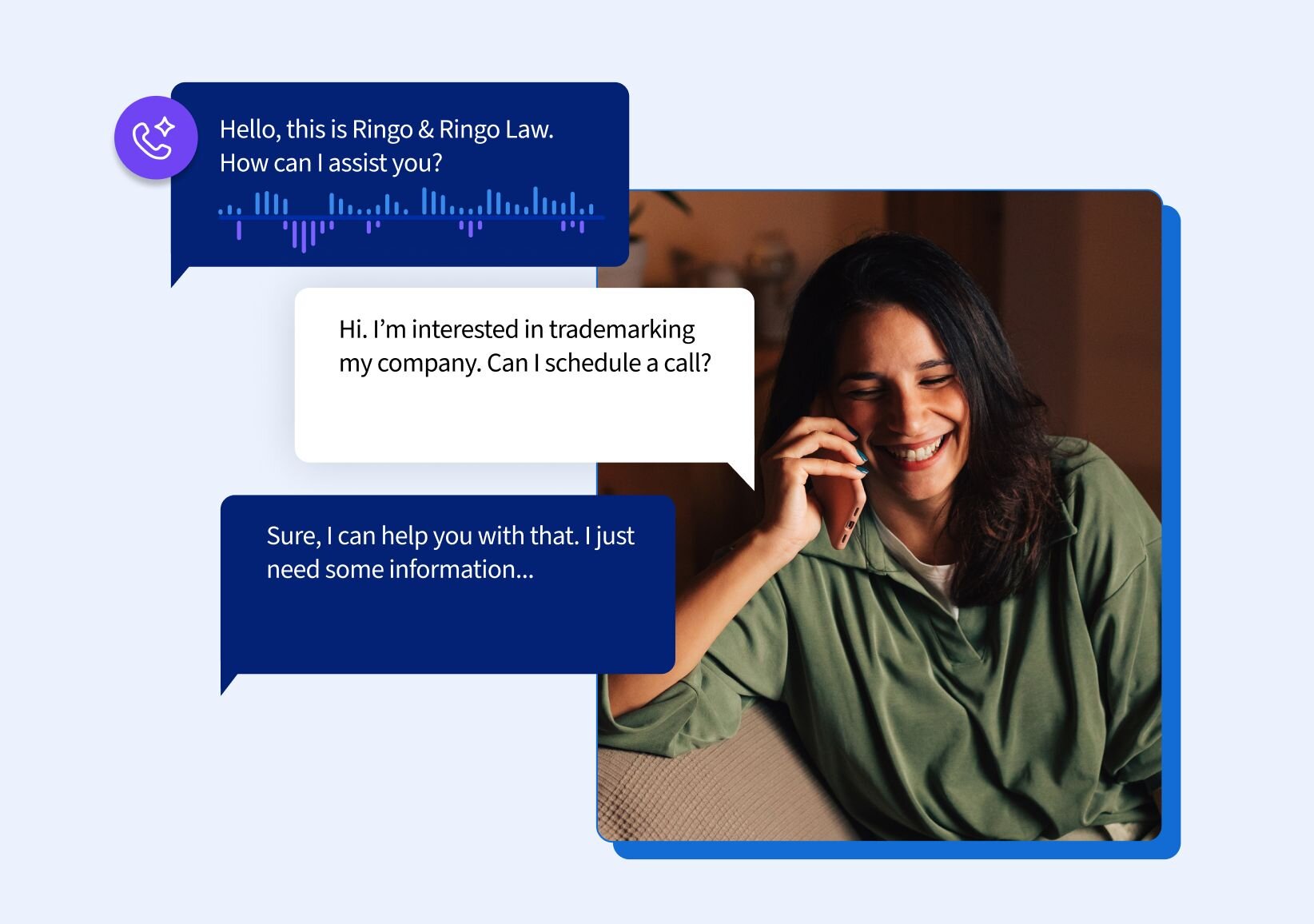Your Facebook ads should be getting your dealership more car sale leads, not emptying your wallet.
From “boosting” a current post, and choosing the right promotion type, to setting up a profitable ad, it’s easy to get lost in all the Facebook advertising options.
Facebook ads are a great way for your car dealership to get more car sale leads, but they’re easy to overspend on without a solid marketing strategy in place. To save money on ad spend and start seeing more leads from your Facebook ads, you need to be critical of where and how to spend your ad dollars.
Here’s how to optimize your ad strategy in five core steps.
1. Install a Facebook pixel on your website and landing pages
A Facebook pixel is a snippet of code that allows you to track and measure a visitor’s actions on your website after they’ve clicked on your Facebook ad. Before you even start creating ads for your dealership, you first need to install a Facebook pixel on your website and landing pages.
Imagine the goal of your ad is to get visitors to sign up for a test drive at your dealership. After running your ad for a while, Facebook reports your ad received 150 clicks. Without a Facebook pixel, you don’t know what happens on your site after the ad is clicked. All you can see is how many clicks your ad has received, which leaves you guessing how many of those clicks actually converted into a signup for a test drive.
Adding a Facebook pixel eliminates that guesswork. When someone clicks on your ad, the Facebook pixel tracks that visitor’s activity on your website, such as which pages they visit, how long they spend on each page, and actions they take. With a pixel, you don’t just see how many clicks your ad gets, but how many conversions those clicks result in.
As the Facebook pixel learns which visitors are most likely to click on your ads and convert to a lead, it will also start serving ads to visitors who resemble previous users who converted into leads. This saves you valuable ad dollars by ensuring they’re spent on those prospective leads most likely to convert.
Here’s how to set up a Facebook pixel on your dealership website:
- Go to your Facebook Business Manager page and go to your Business Settings
- Under the Data Sources drop down menu, click Pixels, then click Add

- Name your pixel and input your website URL to see Facebook’s easy-set-up options.
- Click Set Up Pixel Now.
- Click Manually add pixel code to website (note: if you used a site like Wordpress, Wix, Squarespace, or Shopify, then click the first option for easy set up instructions).

- You will then want to copy the code provided and paste it into your website’s header section.

- Then, follow Facebook’s instructions to create an event to track, such as when a visitor clicks your ad and lands on a specific page, clicks a click-to-call number on your website, or completes a contact form.
CallRail’s Facebook Integration maximizes your Facebook ads with machine learning to hyper-focus your audience targeting for greater results.
2. Align ad objectives with your business goals
Depending on your advertising goals, you need to choose the proper marketing objective so Facebook can best serve your ads to your audience.

Source: Facebook
Facebook currently offers 11 marketing objectives you can choose from when creating a Facebook ad. While any of these objectives can be used to generate new leads, the most valuable for car dealerships are:
- Brand awareness shows your ads to the people most likely interested in them
- Traffic increases the number of visitors to your website or landing pages.
- Lead generation collects lead information right on Facebook (without having to go to a website or landing page).
- Conversions in tandem with the Facebook pixel, drives leads to your website with the goal of conversions.
- Catalog sales showcase multiple vehicles in your dealership inventory.
Each of these objectives travels down the marketing funnel from awareness to consideration to conversion. If you’re looking to build more awareness of your dealership in your location, you’ll want to run ads with a Brand Awareness objective. If you’re looking to reach people with more information about your inventory and offerings, you’ll want to choose the Traffic and Conversion objectives. And if you’re specifically looking to boost test drives, dealership visits, and vehicle purchases, you’ll want to choose the Conversions and Catalog sales objectives.
3. Match your ads to the car buying journey
Once your Facebook pixel is installed and you’ve selected your ad objective, now you can focus on building out the perfect ad to get more car sale leads. However, to do this, you’ll need to understand exactly where your customers are in their car buying journey and then use the appropriate messaging to attract them to your dealership.
A study conducted by Google found that buyers go through five stages of the car buying process before making a purchase. Each stage can be summarized by a question:
- Which car is best?
- Is it right for me?
- Can I afford it?
- Where should I buy it?
- Am I getting a deal?
To get the most out of your ads, you must identify which question any given Facebook user is currently asking and answer that — and only that — question.
For example, a mother of three might know she needs a minivan (the first stage of the car buying journey), but how does she know which van model will best fill her and her family’s needs? She’s asking about safety features, space and storage, warranties, and maybe even power doors or mileage. An ad highlighting these features will outperform a generalized ad saying, “Are you in the market for a powerful, spacious minivan?”
For each ad you create for your dealership, ask yourself, “Which stage of the buyer’s journey does this ad speak to?” Create a buyer’s persona and craft an ad specific to the pain points faced by buyers in that stage of the journey.
The more specifically your ads speak to the customer’s pain points, the more likely you are to receive clicks on your ads and leads in your inbox.
4. A/B test your Facebook ads
Up until now, we’ve relied on the Facebook ad platform to tell us what’s working and not working with our ads. But the ultimate way to optimize your ads for greater lead generation is to “ask” your audience which ads they prefer.
A/B testing (also known as split testing) is the process of creating two slightly different variations of your marketing material to determine which results in more clicks and conversions. To A/B test your Facebook ads, you would create two similar ads and run them for a set period of time to see which one attracts more viewers, clicks, and conversions.
Many of the ads used by Drive N-Motion Thornton are A/B tested using different images: one with an image of the benefits of buying with them, and the other using an image of a vehicle.

Source: Facebook Ad Library
You can A/B test your ads directly within Facebook’s marketing platform. Simply log in to your business manager page, select which ad you would like to create a variation of, then find the A/B testing option in the “More” drop-down menu.

Source: Facebook Ads Manager
From there, make sure you are only testing one element of your ads at a time. A few elements you should test include:
- Headlines: Try using headlines focused on the emotional pain points and questions asked in each stage of the car buyer’s journey.
- Body copy: Keep your body copy simple, pointed, and benefit-loaded.
- Images: Try different images of vehicles or graphics to highlight features of your dealership.
5. Implement a call tracking solution
To send your Facebook ads into lead-generating overdrive, implement a call tracking solution that will help you attribute phone calls to their respective ads.
While web forms generally have a 2% conversion rate, customers who picked up the phone to call a business converted 25-40% of the time. Not capturing data from inbound phone calls could be costing your dealership valuable leads.
Call tracking works by assigning a unique phone number to individual ads, websites, landing pages, and any other marketing channel you’d like to track. When a potential lead contacts your dealership through one of these phone numbers, you can then attribute the lead to that particular marketing channel – allowing you to focus your time and ad spend on the channels that bring in the most leads.
Facebook allows you to use these unique phone numbers on your dealership business page as a “Click to Call” button under the header image. With 57% of car shoppers using Facebook as a way to discover new vehicles, it’s critical your ads and business page give visitors a way to immediately contact your business.

Source: DCH Honda of Oxnard, Facebook Page
Additionally, CallRail’s Facebook Integration helps you optimize your ads even further by using call tracking data to create look-alike target audiences.
Additionally, CallRail’s Facebook Integration can help optimize your ads by using your call tracking data to create look-alike audiences — or audiences who are even more likely to click on your ads. This hyper-targeting saves you valuable ad spend by only showing your ads to individuals similar to those who have contacted you in the past and converted to a lead.
Conversions come from continuous analysis and great follow-ups
The quickest way to burn through your dealership’s advertising budget is to base your ads on a hunch or personal assumptions. To get more car sale leads, it’s critical you listen to the data and your customers. Test your ads, find what works (and what doesn’t), implement those changes into your other ads, and repeat until your ads consistently bring in new leads.
But don’t stop there.
Make sure you quickly and personally follow up with new leads to ensure the best conversion rates on your ads. Consider using a call tracking platform that provides analytics and insight on how you can improve your Facebook ad performance while giving you the tools to follow up with and close those leads.










